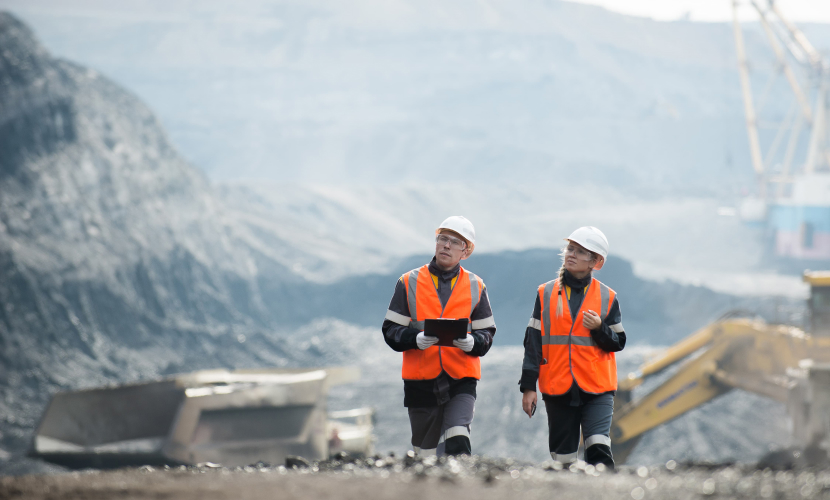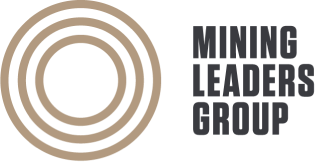
The mining sector is the worst in Australia for gender diversity
Only 16% of employees are women.
As a result many mining organisations are still very blokey in terms of their culture and therefore often women tend not to find them a culture they want to stay in.
Most mining organisations also are key parts of rural and remote communities which also tend to still be very blokey in their mindset and not as progressive as urban areas with regard to shifting diversity expectations.
Leading companies and governments around the world are aiming to have at least 40% female employees as there is clear evidence that you need a significant percentage of women in order to change the traditional culture and optimise the benefits of gender and other forms of diversity, as well as access more than 50% of the workforce and talent available to organisations.
So does mining make this shift fast or slow?
Many companies have for some time had targets to raise the percentage of female employees. Despite the targets, the shift is often painfully slow and sometimes things actually go backwards. Habits die hard. People in such organisations tend to continue to operate how they have always operated. Change doesn’t happen.
Some companies such as BHP have bravely said they want to get to 50% female employees in a relatively short period of time. Women are preferenced in recruitment. Managers are incentivised to shift the balance on their teams.
However, there are unintended consequences of this approach. Men may rightly feel disadvantaged in terms of job and career opportunities and so may become resentful and negative toward women in their organisation. Women, on the other hand, may be rightly concerned that they were actually not appointed on merit as the best candidate available, or at least they may be concerned that this is the perception.
Another problem is that even if you change the recruitment criteria to preference women, without changing the organisational culture they may not stay. Unless the values and the behaviours of the organisation genuinely change to value diversity and inclusion including on gender, then women may be recruited and then leave after a short period of time.
So what to do.
Clearly there are great advantages from increased gender diversity in mining. Females now account for more than half of the university graduates in Australia including in the high technology areas of IT and engineering increasingly needed by the sector. Women also tend to have particularly strengths, gained through how they have been socialised, in communication, collaboration, teamwork and wellbeing, all capabilities particularly needed in a sector ripe for change.
Shifting gender and other forms of diversity is not, however, a simple problem. It is complex and therefore needs a complex response to succeed. Organisations need to be prepared for a long game even if they can achieve some easy early wins. A sustained program over up to 10 years would include such steps as the following based on Kotter’s 8 Steps to Change.
- A genuine commitment from the top
- A clearly articulated explanation of what is the purpose of the shift and the why, which identifies the threats of not changing articulated both in facts and stories, the stories linking to employees lives and their aspirations for daughters and wives to capture hearts as well as minds
- Have management fully engaged and talking and walking the topic
- Get the informal network engaged, the key cultural influencers at all levels
- Create a clear vision of what success looks like in the long and short term, and what it means for everyone
- Identify the values that are central to the change
- Build a clear strategy and plan to execute and achieve the vision including culture, process and systems changes with clear accountabilities and measures. This will include changing organisational structure, required capabilities, job descriptions, hiring, training and performance and compensation systems
- Unconscious bias training will be a key element of success, not as a box ticking exercise but as a tool to genuinely shift people out of fast thinking and biased habits toward slow deliberate thinking which is essential to remove gender bias and is also a key capability to deal with the complexities of the future of work in an increasingly globalised and high technology world
- Communicate, communicate, communicate remembering this is a 2-way process
- Speak openly about the challenges and how to overcome them
- Link the vision and plan closely to the core purpose of the organisation across all 6 Capitals
- Remove real and perceived barriers to change
- Create short term wins and champions and share their achievements widely
- Don’t declare victory too early
- Review progress regularly
- Learn from failures
- Learn from employee feedback
- Bring in new ideas and change agents to maintain momentum and set ever higher goals
- Ensure there are ways to share and learn both through staff stories and knowledge management systems
Mining organisations and society more widely are on a long-term mission to value everyone through respect and open mindedness. It’s a long game that needs short term wins to maintain momentum. Excitingly, and especially in rural and remote areas, mining companies may be able to be the leaders in shifting Australia’s historical blokey culture to one more optimal for everyone.
So my answer as to targets or quotas? Perhaps both can be used as part of a complex change program. But targets or quotas alone are not enough. This is a revolutionary shift in which measures are but one element of success.
Rosemary has over 30 years’ experience in executive leadership with a focus on technology, business and government. Leveraging this extensive experience, she facilitates programs designed to develop leaders and deliver commercial outcomes. Rosemary coaches high potential managers and executives and helps capacity build in strategy and capability development.

